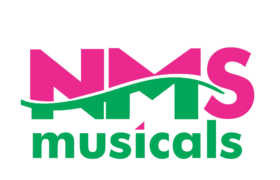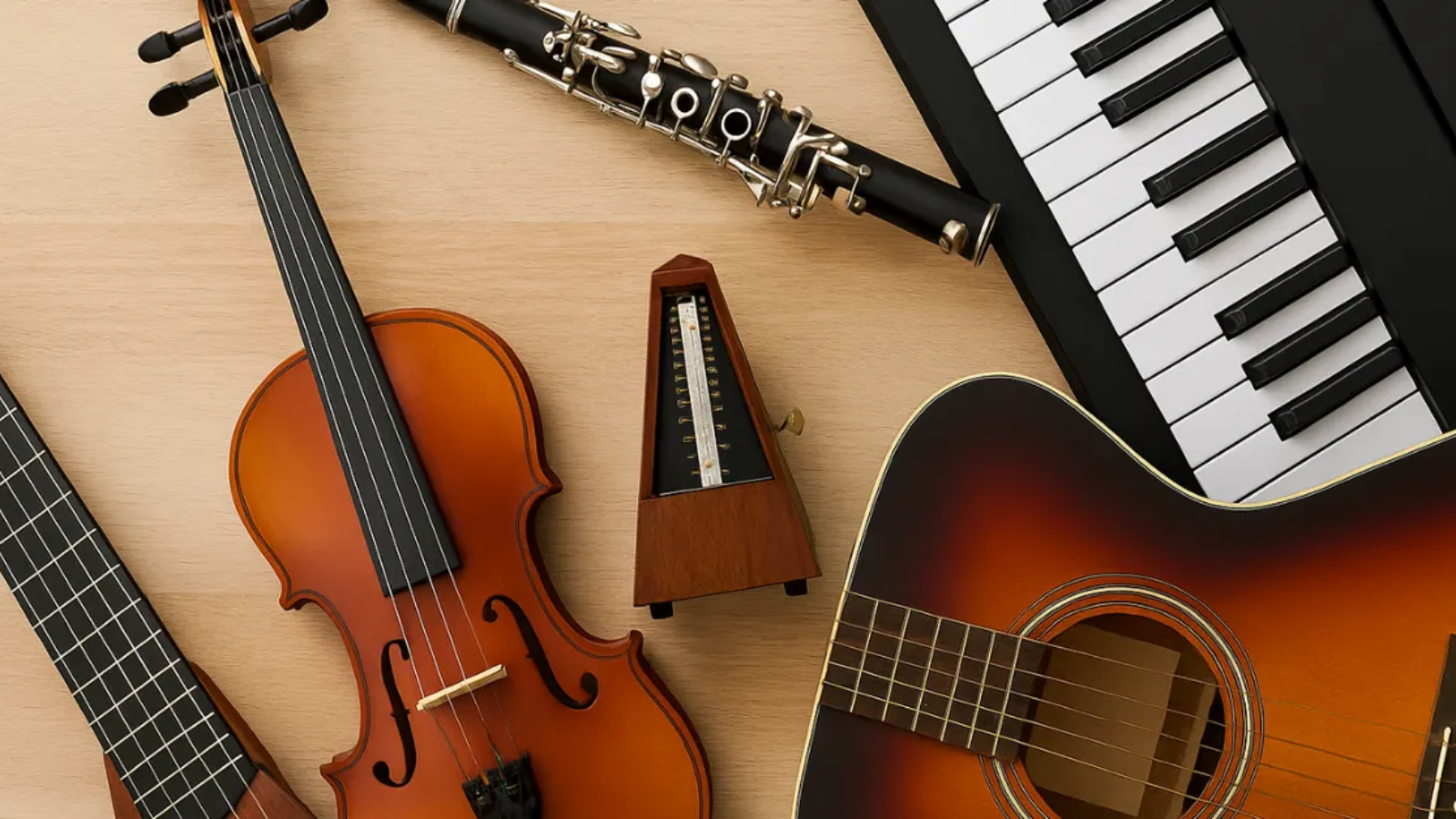Improve rhythm control using effective metronome practice techniques

Rhythm is the backbone of music, and mastering it takes dedication and practice. One of the most powerful tools to help musicians, especially those practicing Indian instruments like tabla, mridangam, and sitar, is the metronome. In this blog, we’ll dive into how to use the metronome effectively when practicing and how it can transform your timing, accuracy, and confidence.
1. What is a Metronome?
A metronome is a device that produces a regular, metrical ticking sound or visual cue that musicians use to maintain consistent tempo. Whether digital or mechanical, it provides a steady beat to align your playing.
2. Benefits of Using a Metronome in Practice
- Develops precise timing.
- Builds internal rhythm.
- Improves synchronization with other musicians.
- Helps in learning complex tala patterns in Indian music.
- Prevents rushing or dragging during performances.
3. Understanding Tempo and Time Signatures
Before using a metronome, understand tempo (beats per minute) and time signatures (like 4/4, 7/8, or Indian talas like Teen Taal). This understanding helps in setting the right BPM (beats per minute) and organizing practice sessions accordingly.
4. Choosing the Right Metronome
You can choose between:
- Mechanical Metronomes – classic, visual swing.
- Digital Metronomes – accurate, often portable.
- App-based Metronomes – feature-rich with tala presets for Indian music.
5. Starting Simple: Whole Notes and Slow Tempos
- Begin with basic exercises at 40-60 BPM.
- Play long notes or single strokes in rhythm.
- Practice Indian syllables like “Dha,” “Tin,” “Na” with a tabla.
6. Building Up: Gradual Speed Increases
- Once you’re comfortable, increase speed by 5 BPM.
- Always ensure clarity before moving faster.
- This helps in muscle memory without sacrificing timing.
7. Using Subdivisions to Improve Precision
Subdivisions (e.g., eighths, triplets, sixteenths) train your ear and hand coordination.
- Set metronome to play subdivisions.
- Practice tabla bols like “Dha Tin Tin Ta” at different subdivisions.
8. Practicing Complex Indian Talas with Metronome
Metronomes can be adapted for:
- Teen Taal (16 beats)
- Jhap Taal (10 beats)
- Rupak (7 beats)
Use programmable metronomes or apps that let you mark sam (first beat), khali (empty beat), and vibhags (divisions).
9. Alternating Strong and Weak Beats
Practice accenting certain beats (e.g., 1 and 3 in 4/4) to reflect Indian tala structure.
- This trains awareness of phrasing.
- Helps in improvisation for tabla solos.
10. Metronome with Different Instruments
Try these combinations:
- Violin – for bowing consistency.
- Bansuri – for breath control and phrasing.
- Sitar – to maintain tempo during improvisation.
11. Practice Routines with Metronome
- Warm-Up – 5 minutes slow tempo.
- Core Practice – 20 minutes at performance speed.
- Improvisation – 10 minutes with tala-specific rhythm.
12 .Common Mistakes to Avoid
- Relying only on metronome for rhythm.
- Practicing too fast.
- Not aligning complex compositions with subdivisions.
13. Using Metronome in Group Practice
In Indian ensemble or jugalbandi settings, the metronome helps align multiple players. Start with one instrument and build layers while following tempo.
14. Recording and Reviewing Practice with Metronome
Record your practice and analyze:
- Consistency with tempo.
- Clarity of each bol or note.
- Sync with tala patterns.
15. Apps and Tools for Metronome Practice
- Metronome Beats
- Tabla Trainer
- Tala Keeper
- Metronomics
- Soundbrenner
Many allow Indian tala integration, visualization, and customization.
Conclusion
Learning how to use the metronome effectively when practicing is one of the most valuable skills a musician can acquire. For Indian classical musicians, it becomes even more vital due to complex rhythmic patterns and talas. Regular metronome practice improves your timing, builds musical confidence, and enhances overall performance. Whether you’re playing the tabla, sitar, bansuri, or any other Indian instrument, integrating a metronome into your daily routine will surely elevate your musical journey.
At NMS Musicals, we offer a comprehensive range of musical instruments, including percussion, string, wind, and keyboard instruments. Our services encompass sales, expert servicing, and the manufacture of leather instruments. Explore our diverse collection and find the perfect instrument to suit your musical needs.
Visit our website to browse our offerings: nmsmusicals.in
For a closer look at our products, check out our shop page: nmsmusicals.in/shop
Stay connected with us through our social media channels:
- Facebook: https://www.facebook.com/nmsmusicalinstruments/
- Instagram: https://www.instagram.com/nmsmusicals/?hl=en
- YouTube: youtube.com/@nmsmusicals
Our shop locations are:
- Puducherry: 149, Perumal Koil Street, Heritage Town, Puducherry, 605001.
Map Link: https://maps.app.goo.gl/ejDwBBFEJmd3szxk7 - Chennai: No: 1, 1st Floor, Kandigai Street, TVS Nagar, Korattur, Chennai – 600076.
Map Link: https://maps.app.goo.gl/7oXmB6X7KQsqeuuw9
For inquiries, contact/Whatsapp us at 9500663895 or email us at laxman.m89@gmail.com.
Discover the world of musical instruments with NMS Musicals today!
For a visual overview of our percussion instruments, watch the following video:


 Cart is empty
Cart is empty 
Leave A Comment
You must be logged in to post a comment